The Art of Book Covers (1820-1914) [View all]
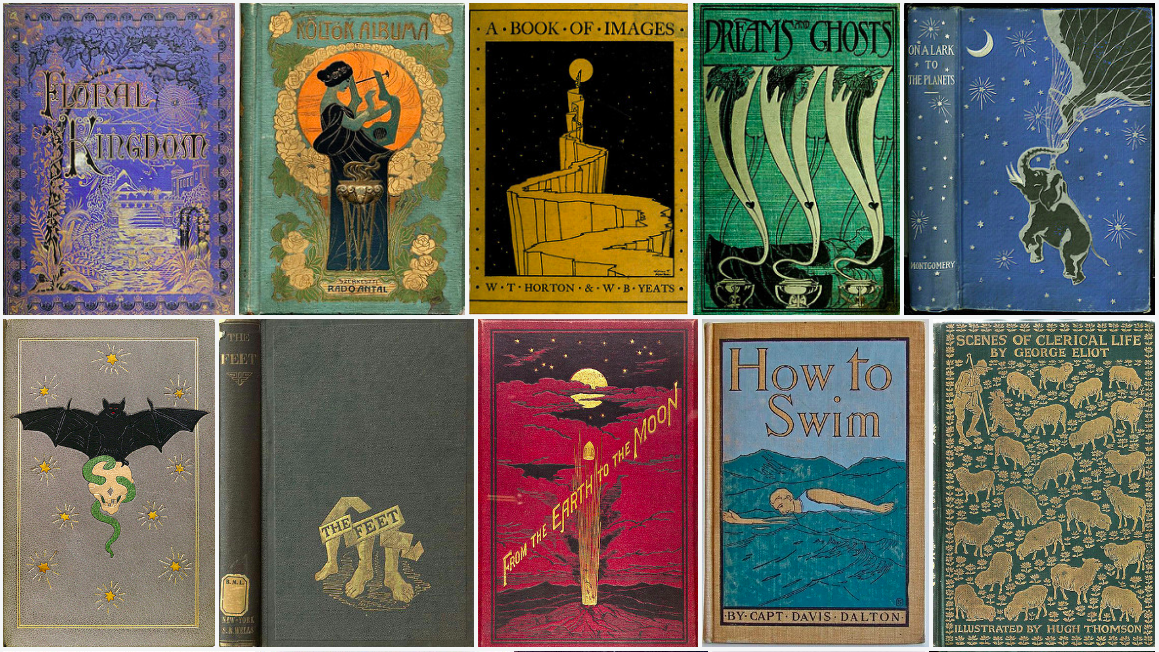
Inspired by rising literacy rates and advancing technologies, the nineteenth century saw the book transform from a largely hand-made object to a mass-produced product. In this new context a book's cover took on added importance: it was no longer merely a functional protection for the pages but instead a key platform through which to communicate and sell the book. Prior to this covers had — bar a smattering of highly bespoke one-off creations (e.g. embroidered covers for personal libraries) — mostly been plain leather bound affairs. From the 1820s, with the rise of mechanical bookbinding, these leather covers of old gave way to new cloth coverings — known as publisher's bindings — which, in addition to being inexpensive, were now also printable. A wide variety of cover printing techniques were employed over the decades: from embossing to gilt to multi-colour lithography. An entirely new artistic space was opened up. It was one in which illustrators and designers thrived, producing a range of covers as eclectic in aesthetic approach as the myriad contents they fronted. From around the 1920s, the paper dust jacket — previously there to simply protect the publisher's binding — began to sport designs (and, of course, then paperbacks), but it was in the hundred years preceding, on these printed cloths, that book cover design first truly flourished.
In our selection below we've concentrated on publisher's bindings from this first century of the book cover (as we commonly understand it today, i.e. mass-produced designs). And we couldn't resist including also a few one-off / bespoke cover designs too. Enjoy!
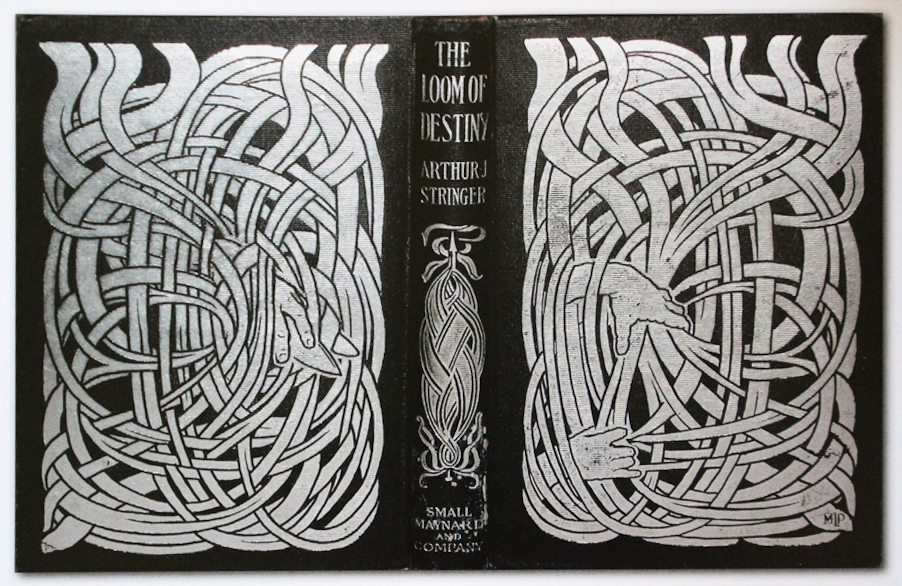
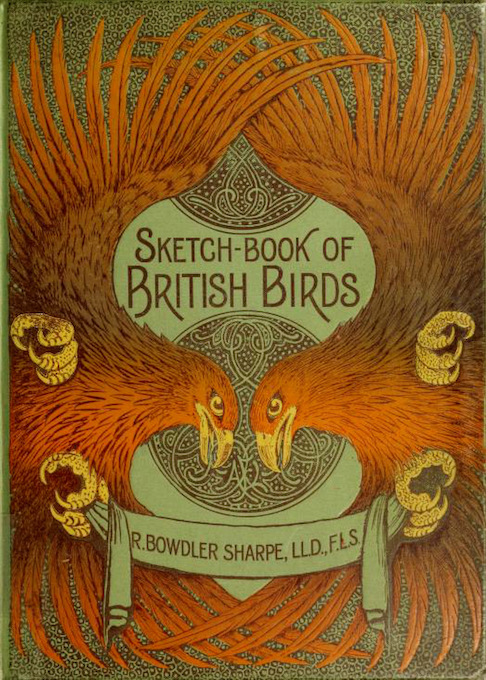
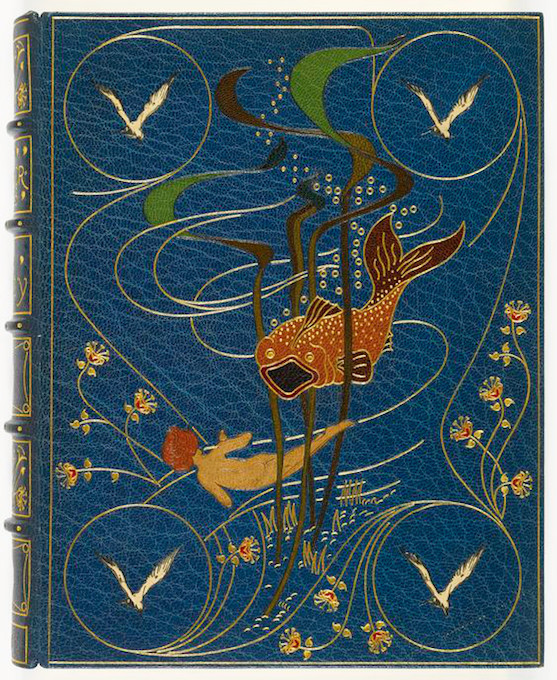
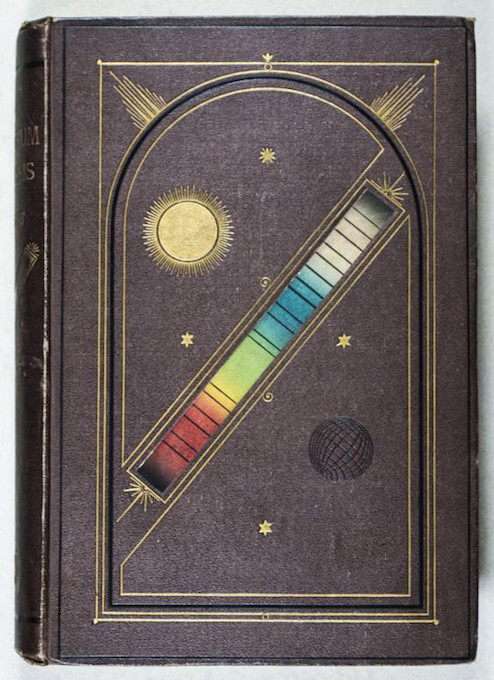
More:
https://publicdomainreview.org/collection/the-art-of-book-covers-1820-1914/




